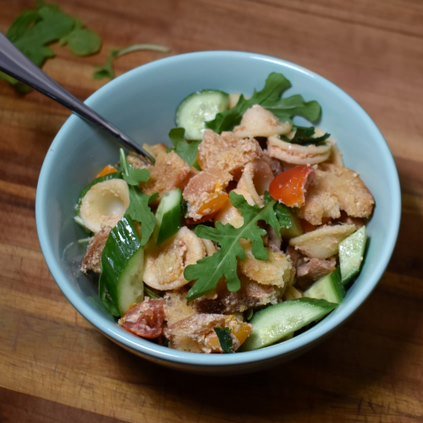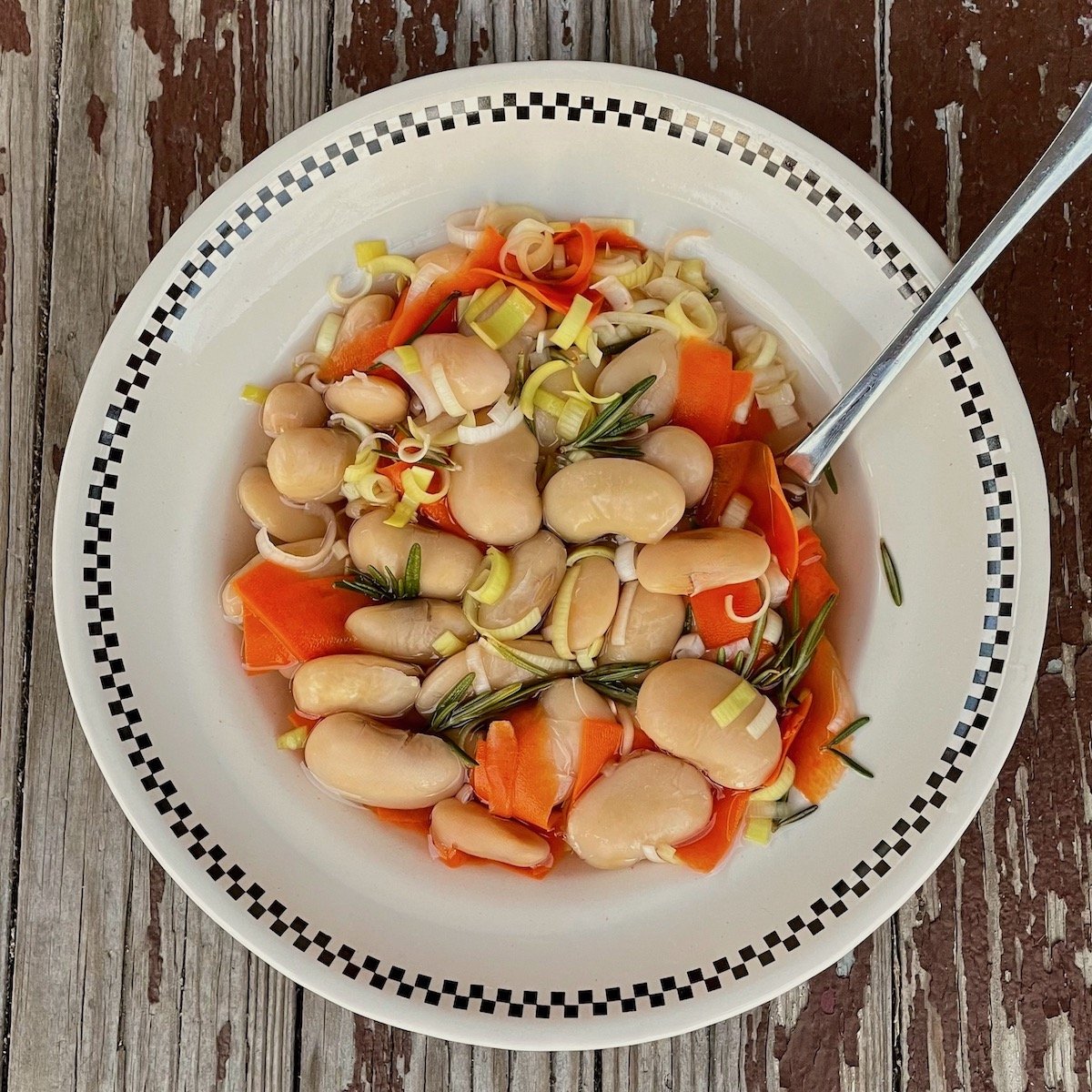by Anna Glassman-Kaufman
We’re back with another baked good this week. These savory scones are the perfect last minute addition to any summer brunch. They come together in about 45 minutes and are a great way to use up any cheese or greens you have in the fridge.
A couple of notes:
Cheese - I love to use something soft and creamy with a little bit of funk, like anything from Alemar Cheese (local!), but any flavorful cheddar or gruyere works well in these as well! Most importantly, you just want a cheese with lots of interesting flavor that will come through in every bite. You don’t want the cheese to get lost behind the herbs. If you go with something softer, be careful to mix the cheese in last and JUST until combined, to keep the chunks of cheese intact. If you go with an aged cheese of any kind, shred the cheese or cut into ¼ inch cubes. Today, I’m using Bleu Mont Cheddar which is earthy, nutty, and pairs well with the chives in the scone.
Flour - I love to use at least 20% whole wheat flour in anything I bake. Flour is not just an ingredient to hold the rest together, it can add its own depth of flavor and texture, and I want to celebrate it. So we’re using 50% whole wheat flour in these scones. The other half is All-Purpose, and if that’s all you have on hand, certainly feel free to go 100% AP. You just may want to cut back the buttermilk by a tablespoon or two if skipping the whole wheat, as the whole wheat flour tends to absorb a bit more liquid than sifted flour.
Yield: 8-10 scones
Ingredients:
1 Cup All-Purpose Flour
1 Cup Whole Wheat Flour
½ Tsp Baking Soda
½ Tsp Baking Powder
½ Tsp Salt
2 Tbsp Sugar
6 Tbsp Salted Butter, COLD and cubed into ½ inch pieces
½ Cup + 2 Tbsp Buttermilk
1 Egg
3 Tbsp Green Onion or Chive, minced
6 oz cheese, cubed or shredded
2 Tbsp Milk
1. Combine all dry ingredients in a mixing bowl.
2. Add the chunks of cold butter and use your fingers or a dough cutter to cut the butter into the dough, until you have a course meal with some pea sized chunks of butter.
3. Add in your egg, buttermilk herbs and cheese chunks and mix with your hands until the dough just holds together.
4. Wrap in plastic and rest for 5-10 minutes. Meanwhile, preheat your oven to 400 degrees and line a baking sheet with parchment paper.
5. Drop the dough into 8 equal sized scones. They do not have to be rounded, the uneven edges will give you a crispy exterior when baked.
6. Brush each scone with a little bit of milk and sprinkle with flaky salt.
7. Bake in 400 degree oven for 15-18 minutes until the exterior is golden brown and a toothpick comes out clean.
8. Enjoy while still warm with little bit of extra salted butter!











